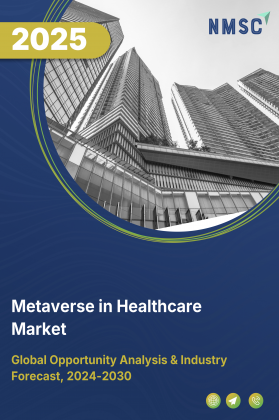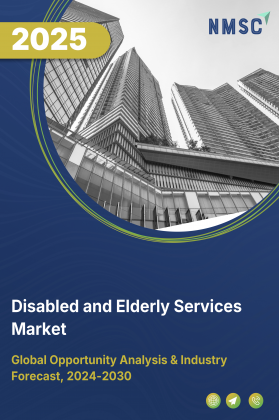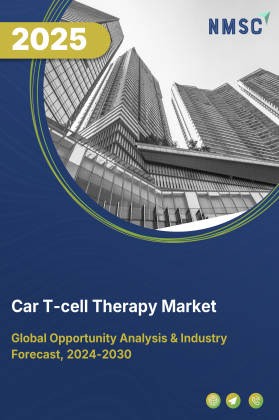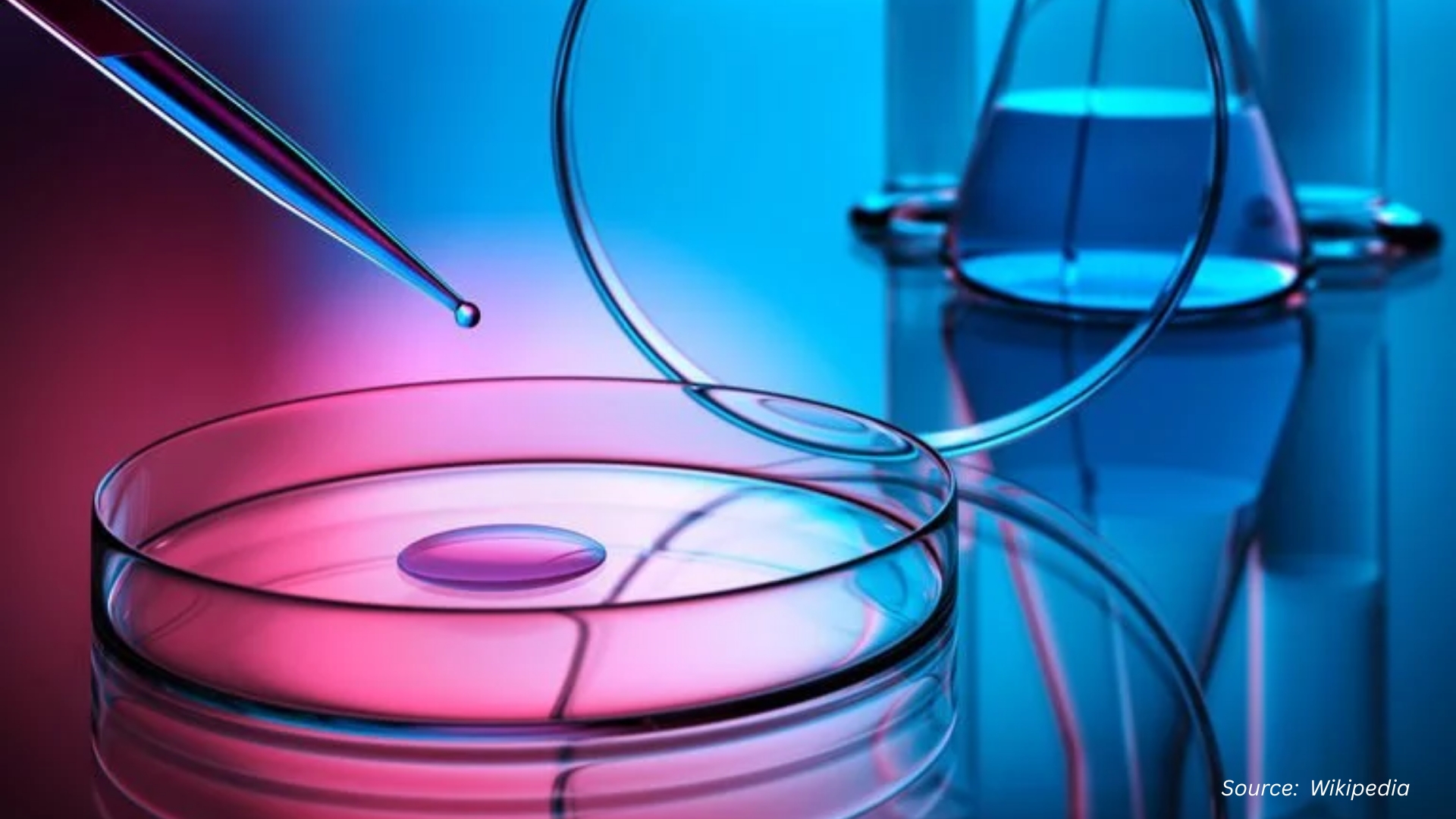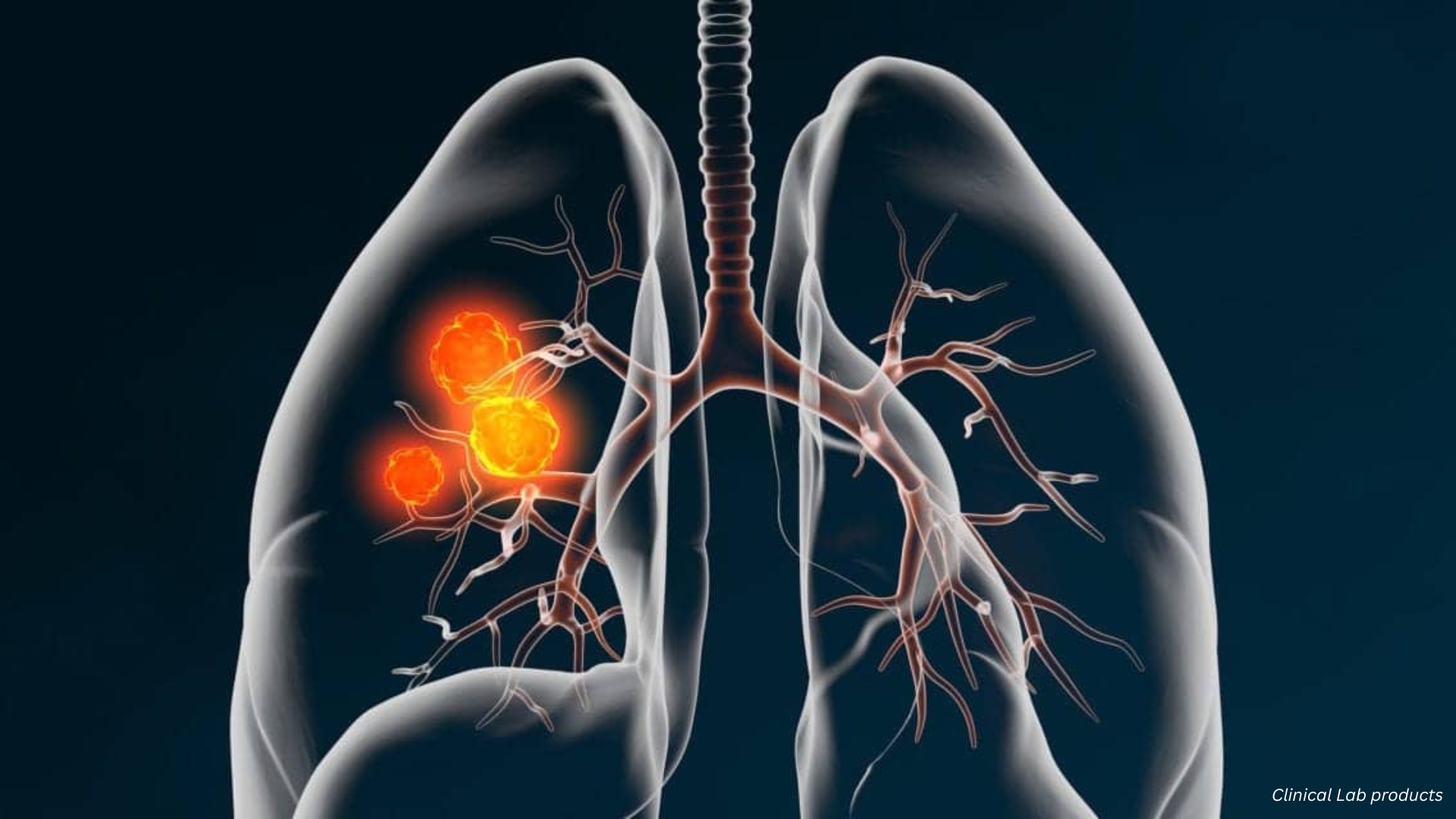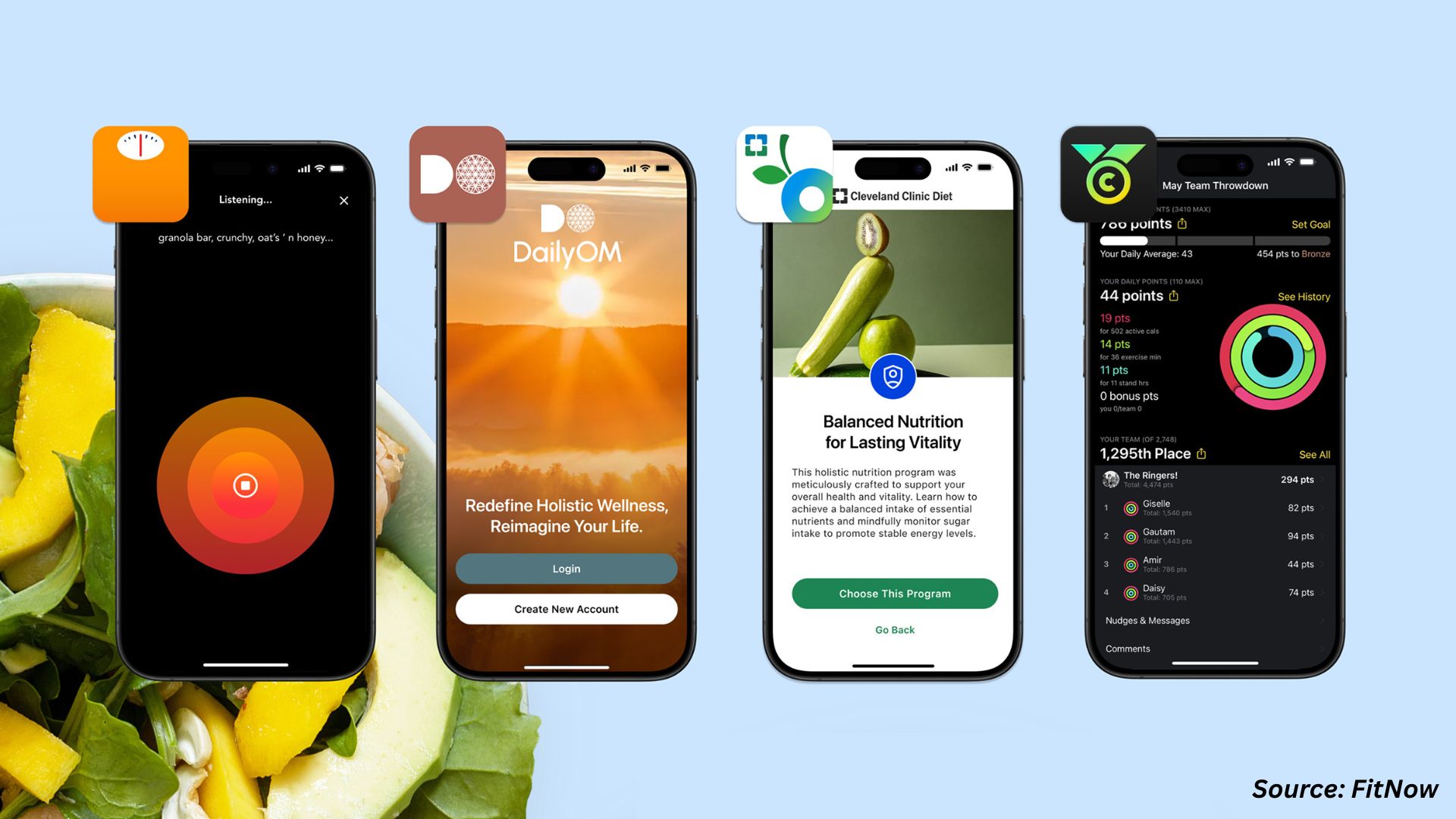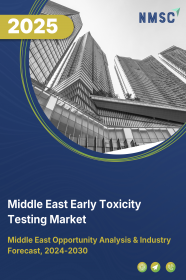
Middle East Early Toxicity Testing Market by Technique (In Vivo, In Vitro and In Silico), by Toxicity Endpoint (Genotoxicity, Dermal Toxicity, Skin Toxicity, Ocular Toxicity, Phototoxicity, and Others), and by End-User (Pharmaceutical Industry, Cosmetic Industry, Chemical Industry, Food Industry, and Others) – Opportunity Analysis and Industry Forecast, 2025–2030
Industry: Healthcare | Publish Date: 26-May-2025 | No of Pages: 147 | No. of Tables: 112 | No. of Figures: 57 | Format: PDF | Report Code : HC769
Industry Overview
The Middle East Early Toxicity Testing Market size is valued at USD 147.3 million in 2024, and is predicted to reach USD 168.9 million by 2030, at a CAGR of 2.3% from 2025 to 2030. The market in the Middle East is experiencing steady growth, driven by increasing government initiatives and the rising trend of outsourcing drug development services to the region. However, the high cost associated with early toxicity testing remains a major hurdle to market expansion.
On the other hand, the adoption of advanced technologies, such as 3D cell culture, is opening new avenues by improving the accuracy and reliability of testing results. Key players such as WuXi AppTec, Merck KGaA, Medpace, Thermo Fisher Scientific, and Danaher Corporation are actively launching new products and forming international partnerships to strengthen their market presence. These initiatives support the adoption of modern testing methods, allowing for faster identification of safety concerns. As 3D cell culture techniques evolve, they offer multiple benefits such as improved safety assessments, cost savings, reduced ethical concerns, and increased regulatory compliance, contributing to market advancement.
Increasing Government Initiatives Fuel the Market Growth
Government efforts to strengthen the healthcare infrastructure in the region is a key factor driving the Middle East early toxicity testing market growth. Public investments in research and development aim to support the creation of new drug formulations and medical technologies. These efforts require robust toxicity testing to evaluate drug safety and improve therapeutic outcomes. As national authorities prioritize healthcare innovation, the demand for early testing technologies rises, leading to broader market adoption and long-term growth.
Outsourcing of Drug Development Services Boosts the Middle East Early Toxicity Testing Market Expansion
The Middle East is emerging as a preferred destination for outsourced drug development, particularly from North American and European pharmaceutical companies. The region offers cost-effective services while maintaining international quality standards. This trend increases the need for reliable toxicity testing methods to ensure the safety of both local and export-oriented pharmaceutical products. As the Middle East continues to grow as a hub for outsourced services, the adoption of early toxicity testing rises, fueling market growth across the region.
High Cost of Early Toxicity Testing Impedes Market Growth
Despite the region’s growing capabilities, the high cost of hepatotoxicity testing remains a significant challenge to the early toxicity testing market in the Middle East. The need for specialized equipment, advanced technologies, and trained professionals makes testing expensive, especially for smaller enterprises or new entrants. Many companies still rely on older, less effective testing methods due to cost constraints. This financial barrier limits widespread adoption of advanced testing technologies and restricts the pace of market development.
Integration of 3D Cell Culture Expected to Create Future Opportunities
The incorporation of 3D cell culture technology in in-vitro testing is anticipated to provide notable growth opportunities in the Middle East. These systems more closely mimic the structural and functional properties of human tissues compared to traditional 2D models, enabling more reliable toxicity evaluations. By supporting interactions among various cell types, 3D cultures improve the predictability of toxic responses and reduce the likelihood of adverse outcomes in clinical trials. This innovation enhances drug safety, accelerates regulatory approval, and is expected to drive significant market expansion in the coming years.
Competitive Landscape
The promising players operating in the Middle East early toxicity testing industry include WuXi AppTec, Merck KGaA, Medpace, Thermo Fisher Scientific, Danaher Corporation, Eurofins Scientific, PerkinElmer, Inc., Bio-Rad Laboratories, Inc., Agilent Technologies, Inc., Bruker Corporation, Hangzhou Singclean Medical Products Co., Ltd., Linical Co. Meditrial, Lonza, SGS SA, G42, and others.
Middle East Early Toxicity Testing Market Key Segments
By Technique
-
In Vivo
-
In Vitro
-
Cell Culture
-
PCR
-
ELISA
-
Western Blotting
-
Protein Binding Assays
-
-
In Silico
By Toxicity Endpoint
-
Genotoxicity
-
Dermal Toxicity
-
Skin Toxicity
-
Ocular Toxicity
-
Phototoxicity
-
Others
By End-User
-
Pharmaceutical Industry
-
Cosmetic Industry
-
Chemical Industry
-
Food Industry
-
Others
Key Players
-
WuXi AppTec
-
Merck KGaA
-
Medpace
-
Thermo Fisher Scientific
-
Danaher Corporation
-
Eurofins Scientific
-
PerkinElmer, Inc.
-
Bio-Rad Laboratories, Inc.
-
Agilent Technologies, Inc.
-
Bruker Corporation
-
Hangzhou Singclean Medical Products Co., Ltd.
-
Linical Co. Meditrial
-
Lonza
-
SGS SA
-
G42
REPORT SCOPE AND SEGMENTATION:
|
Parameters |
Details |
|
Market Size Value in 2024 |
USD 147.3 million |
|
Revenue Forecast in 2030 |
USD 168.9 million |
|
Value Growth Rate |
CAGR of 2.3% from 2025 to 2030 |
|
Analysis Period |
2024–2030 |
|
Base Year Considered |
2024 |
|
Forecast Period |
2025–2030 |
|
Market Size Estimation |
Million (USD) |
|
Growth Factors |
|
|
Companies Profiled |
15 |
|
Market Share |
Available for 10 companies |
|
Customization Scope |
Free customization (equivalent up to 80 working hours of analysts) after purchase. Addition or alteration to country, regional, and segment scope. |
|
Pricing and Purchase Options |
Avail customized purchase options to meet your exact research needs. |




















 Speak to Our Analyst
Speak to Our Analyst



